
General Idea
Qingdao also known in the West by its postal map spelling Tsingtao, is a major city in eastern Shandong province, People Republic of China. It borders Yantai to the northeast, Weifang to the west and Rizhao to the southeast. Lying across the Shandong Peninsula while looking out to the Yellow Sea, Qingdao today is a major seaport, naval base, and industrial center. It is also the site of the Tsingtao Brewery. The character Qing in Chinese means "green" or "lush", while the character Dao means "island". Qingdao is administratively at the sub-provincial level. In 2008, Qingdao was named China 7th-most livable city.
Qingdao is perhaps most famously known for the Tsingtao Brewery, which German settlers founded in 1903, and which produces Tsingtao beer, now the most famous beer in China and known worldwide.
In 1984 the Chinese government named a district of Qingdao a Special Economic and Technology Development Zone (SETDZ). Along with this district, the entire city had gone through amazing development of secondary and tertiary industries. As an important trading port in the province, Qingdao flourishes with foreign investment and international trade. South Korea and Japan in particular made extensive investment in the city.
In terms of primary industry, Qingdao has an estimated 50,000 acres (200 km2) of arable land. Qingdao has a zig-zagging pattern coastline, and thus possesses an invaluable stock of fish, shrimp, and other sea resources. Qingdao is also home to a variety of mineral resources. Up to thirty different kinds have been mined. Qingdao's wind power electricity generation performs at among the best levels in the region.
Area Code: 0532
Zip Code: 266000
Area: 10,654 square kilometers
Geography and Climate
Geography: Qingdao is located on the south facing coast of the Shandong Peninsula. It borders three prefecture-level cities, namely Yantai to the northeast, Weifang to the west, and Rizhao to the southwest. The city's total jurisdiction area occupies 10,654 square kilometres. The populated sections of the city are relatively flat while mountains spur up within city limits and nearby. The highest elevation in the city is 1,133 metres above sea level. 15.5% of the total area is highland, while the foothill, plain and lowland areas constitute 25.1%, 37.8% and 21.7%. The city has a 730.64 kilometres coastline. Five significant rivers that flow for more than 50 kilometres can be found in the region.

Population: Qingdao has a population of 7,579,900 (2010).
Administrative Division: The sub-provincial city of Qingdao has direct jurisdiction over 7 districts and 5 county-level cities.
Climate & Weather Briefing
Qingdao lies in the North Temperate Zone and has a typical temperate monsoon climate. Under the direct influence of the south-eastern monsoon and the sea currents and tides, the city proper features a distinct marine climate; humid air, mild temperature and clear-cut seasons. In Spring, the weather becomes warmer slowly, usually one month later than the inland areas. It is humid and rainy in Summer, but is free from fiercely hot days, while cool and dry in Autumn. Winter here is long and usually windy but not unbearably cold.
Spring comes about one month later than China's inland regions and it is a warm but uncertain Spring
Summer is generally humid, hot and rainy, but very hot days are rare.
Autumn is much milder than inland areas.
Winter is cool to cold and windy, sometimes snowy, but generally dry.
Qingdao temperature differences during a day are slight, and the air is temperate and humid with abundant rainfall. Annual average temperature is 12.2°C, with rainfall about a yearly average of 775.6mm. The hottest season is in August with an average temperature of 25.1°C and the coldest in January with an average temperature of 0.9°C below zero. Autumn and Winter in Qingdao are windy, in winter the temperature drops below zero Celsius, although the sea does not freeze.
Climate Data Table for Qingdao
Month Item | Jan | Feb | Mar | Apr | May | Jun | Jul | Aug | Sep | Oct | Nov | Dec |
maximum | 2.3 | 3.2 | 8.4 | 13.9 | 19.6 | 22.8 | 26.7 | 27.7 | 24.2 | 19.7 | 12.1 | 5.1 |
minimum | -4.0 | -2.8 | 1.6 | 7.2 | 12.8 | 17.1 | 21.8 | 22.8 | 18.3 | 12.8 | 5.5 | -1.7 |
Rainfall (mm) | 10.5 | 12.6 | 21.1 | 36.4 | 50.9 | 82.6 | 177.2 | 156.1 | 90.6 | 46.8 | 26.6 | 9.7 |
Days of rainfall | 0.4 | 0.4 | 0.8 | 1.4 | 2.0 | 3.3 | 6.9 | 6.1 | 3.5 | 1.8 | 1.1 | 0.3 |
History
The area of which Qingdao is located today was called Jiao'ao when it was administered by the Qing Dynasty. In 1891, the Qing Government decided to make the area a primary defence base against naval attacks, and planned the construction of a city.
Little was done, however, until 1897 when the city was ceded to Germany. The Germans soon turned Tsingtao into a strategically important port that was administered by the Department of the Navy rather than the Colonial Office. They based here their Far East Squadron, allowing the fleet to conduct operations throughout the Pacific.
Since 1898 the marines of III. Seebatallion were based at Tsingtao. The German Imperial government planned and built the first streets and institutions of the city we see today, including the world-famous Tsingtao Brewery. German influence extended to other areas of Shandong Province, including the establishment of rival breweries.
Soon after the outbreak of World War I, the German forces, under Admiral Graf von Spee, left Tsingtao rather than waiting to be trapped in the harbour by Allied fleets. After a subsequent minor British naval attack on the German colony in 1914, Japan occupied the city and the surrounding province during the Siege of Tsingtao after Japan's declaration of war on Germany. The failure of the Allied powers to restore Chinese rule to Shandong after the war triggered the May Fourth Movement.
The city reverted to Chinese rule in 1922, under control of the Republic of China. The city became a direct-controlled municipality of the ROC Government in 1929. Japan re-occupied Qingdao in 1938 with its plans of territorial expansion onto China's coast. After World War II the KMT allowed Qingdao to serve as the headquarters of the Western Pacific Fleet of the US Navy. On 2nd June, 1949, the CCP-led Red Army entered Qingdao and the city and province have been under PRC control since that time.
Since the 1984 inauguration of China's open-door policy to foreign trade and investment, Qingdao has developed quickly as a modern port city. It is now the headquarters of the Chinese navy's northern fleet.
Qingdao is now a manufacturing center, and home to Haier Corporation a major electronics firm. The city has recently experienced a rapid growing period, with a new central business district created to the east of the older business district. Outside of the center of the city there is a large industrial zone, which includes chemical processing, rubber and heavy manufacturing, in addition to a growing high tech area.
- Contact Us
-
Tel:
0086-571-88165708
0086-571-88165512E-mail:
admission@cuecc.com
- About Us
- Who We Are What we do Why CUECC How to Apply
- Address
- Study in China TESOL in China
Hangzhou Jiaoyu Science and Technology Co.LTD.
Copyright 2003-2024, All rights reserved





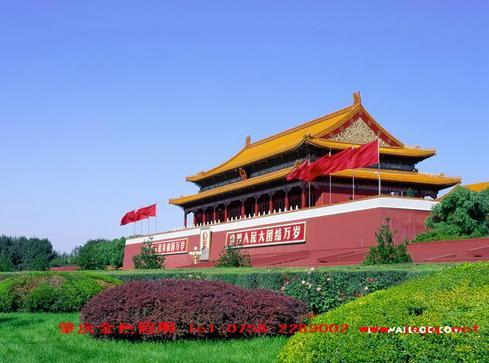
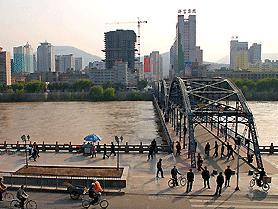
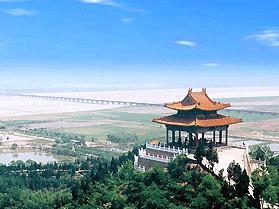
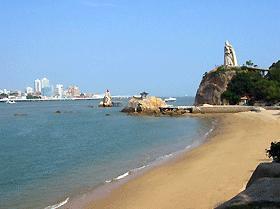
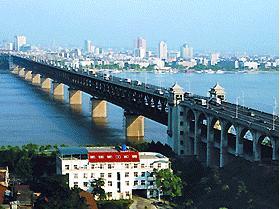
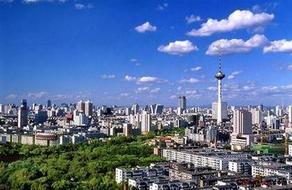
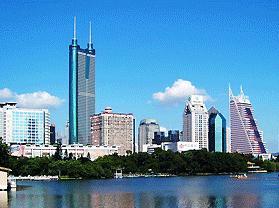



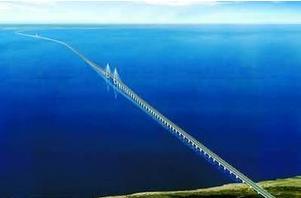

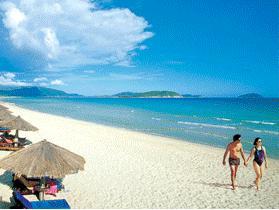
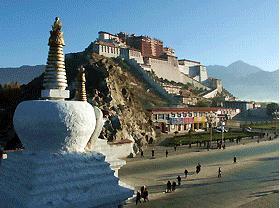
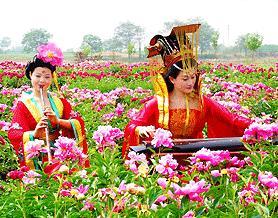
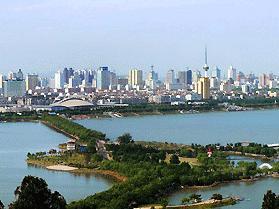
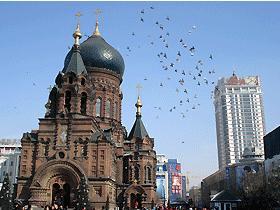
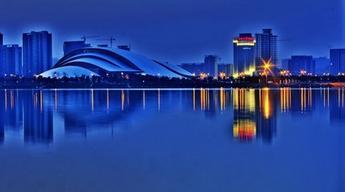
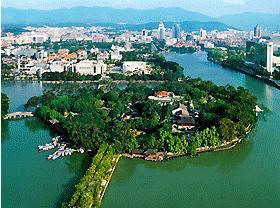
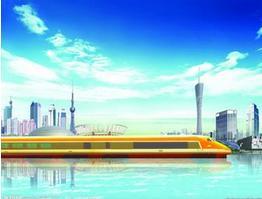
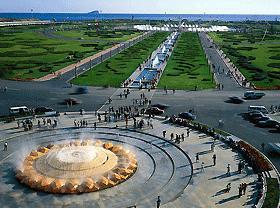
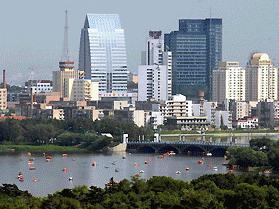
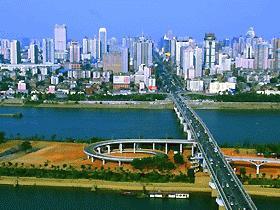




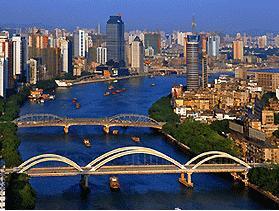
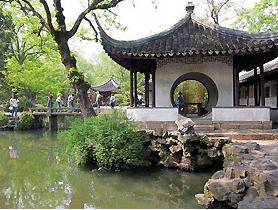

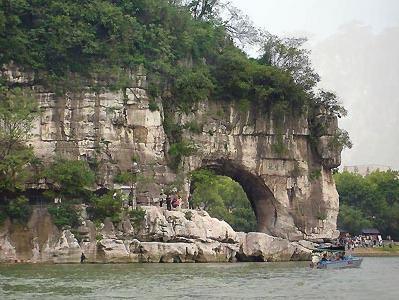



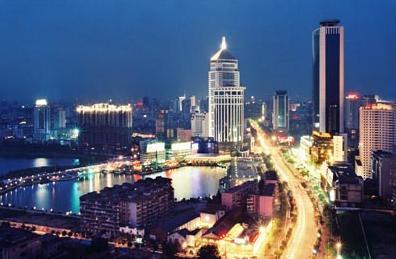
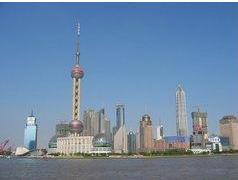



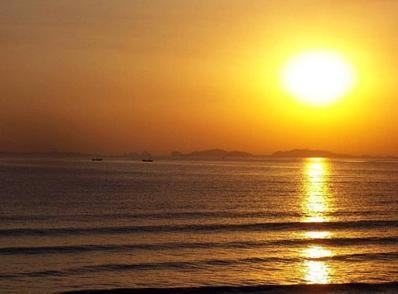
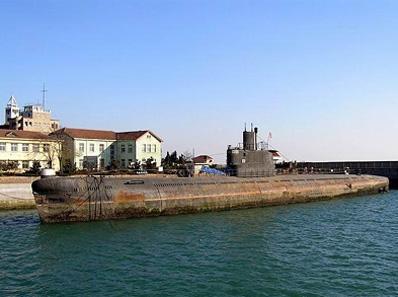

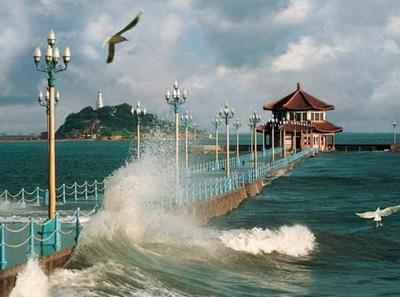

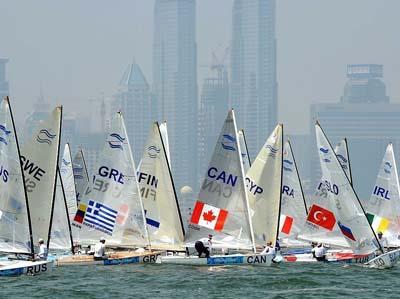

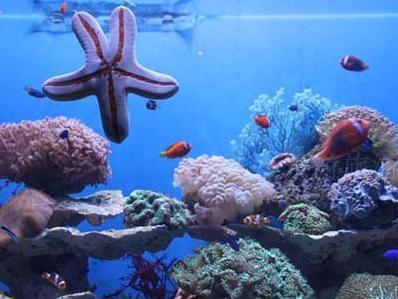

 Chinese
Chinese
 English
English
 Korean
Korean
 Japanese
Japanese
 French
French
 Russian
Russian
 Vietnamese
Vietnamese
